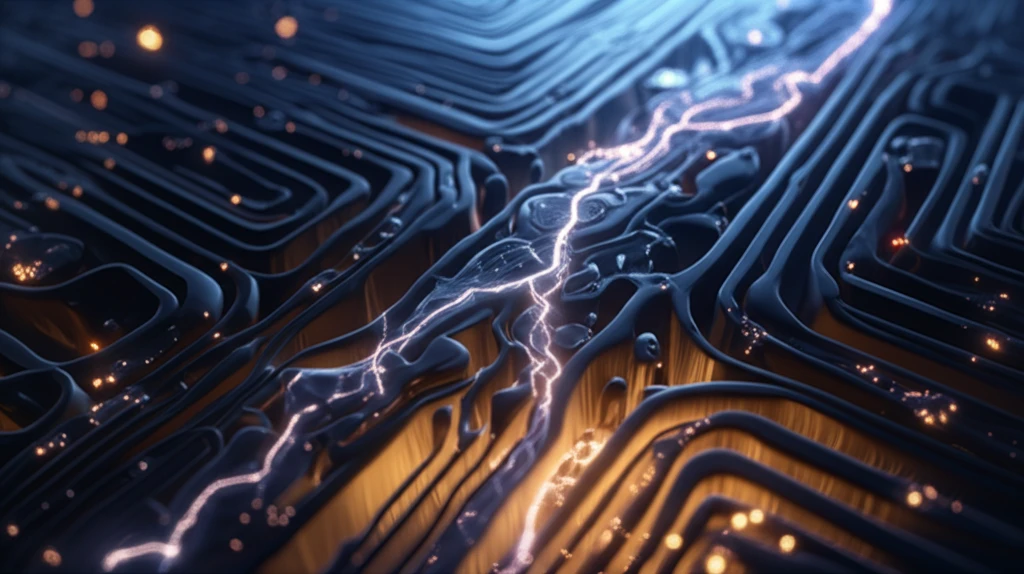
Microfluidics Revolution: How Ion Control Is Changing Everything
"Unlocking the potential of electrohydrodynamic flows in aqueous solutions for advanced technology and medical applications."
In recent years, the manipulation of fluids at the micro and nanoscale levels has garnered significant attention. This surge of interest is driven by the vast potential of microfluidic and nanofluidic devices, which promise to revolutionize fields ranging from medicine to materials science. One particularly promising area within this realm is the control of liquid flows using electrical forces, known as electrohydrodynamics (EHD).
Electrohydrodynamics offers a unique approach to manipulating fluids by leveraging the interactions between electric fields and charged particles within a liquid. While EHD has been successfully employed in non-polar solutions, its application in aqueous environments has been limited due to the challenges associated with water electrolysis and maintaining stable conditions. Overcoming these limitations could unlock a new era of precision fluid control in a wide array of applications.
New research introduces innovative methods for generating and controlling EHD flows in aqueous solutions. These methods rely on separating cation and anion transport pathways using ion-exchange membranes, allowing for precise manipulation of ionic currents and the induction of directed electric body forces. By rectifying ion transport pathways, the required electric voltage for EHD flow generation is drastically reduced, opening the door for stable and efficient fluid control in aqueous environments.
Breakthrough in Electrohydrodynamic Flows

Electrohydrodynamic (EHD) flows, the movement of fluids induced by electric fields, have long held promise for a range of applications. Conventionally, generating EHD flows in aqueous solutions has been challenging due to the high voltages required, which can lead to water electrolysis and system instability. New research overcomes this limitation by introducing two innovative methods that rely on electrical charge separation in aqueous solutions, where two liquid phases are separated by an ion-exchange membrane.
- Precise drug delivery systems
- Advanced lab-on-a-chip devices
- Improved chemical analysis techniques
The Future of Fluid Control
These breakthroughs pave the way for exciting developments in microfluidic devices, lab-on-a-chip technologies, and other applications requiring precise fluid control. By overcoming the limitations of traditional EHD methods, scientists are one step closer to harnessing the full potential of aqueous solutions for advanced technological and medical applications. As research progresses, the potential for creating even more sophisticated and efficient microfluidic systems continues to grow, promising a future where precise fluid manipulation is commonplace in a variety of fields.
